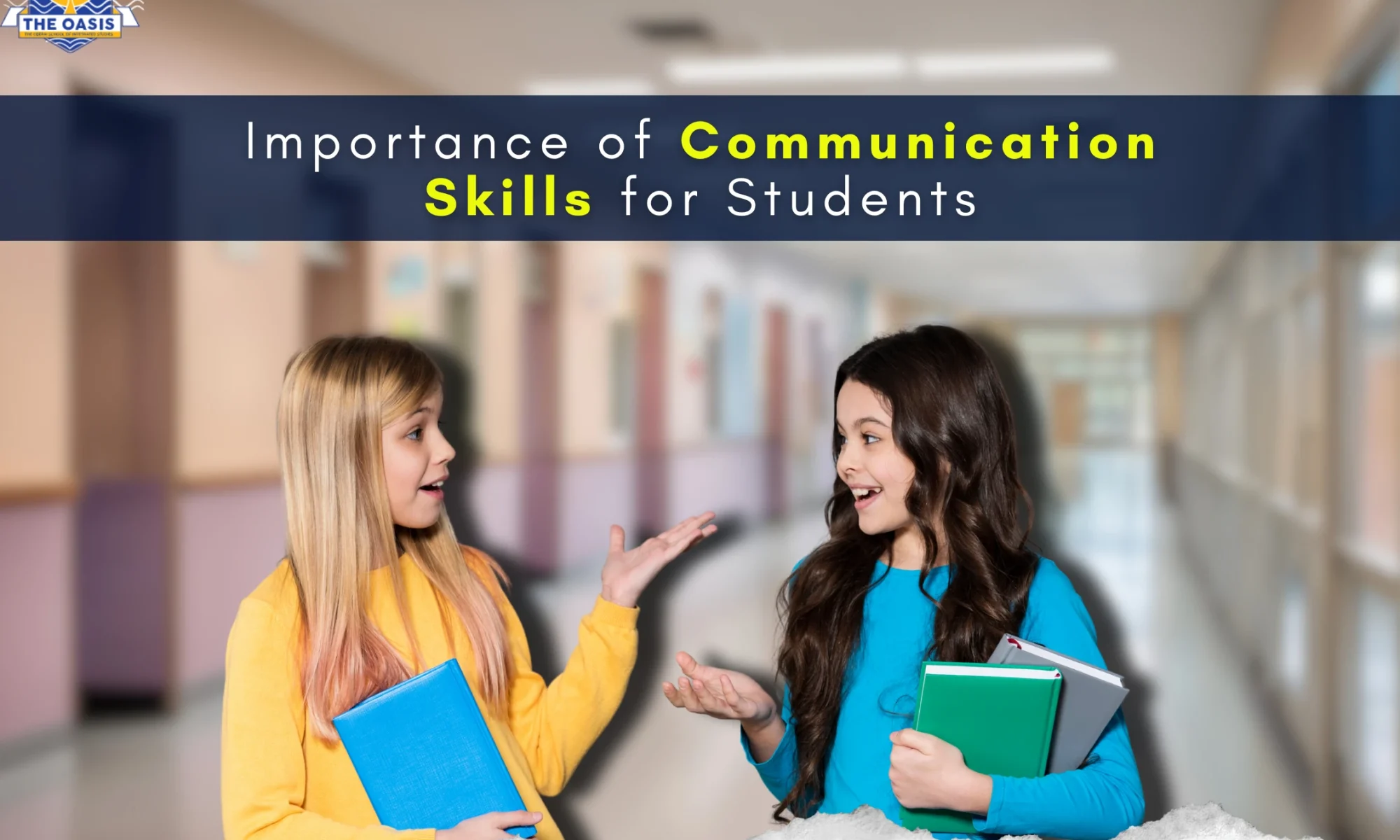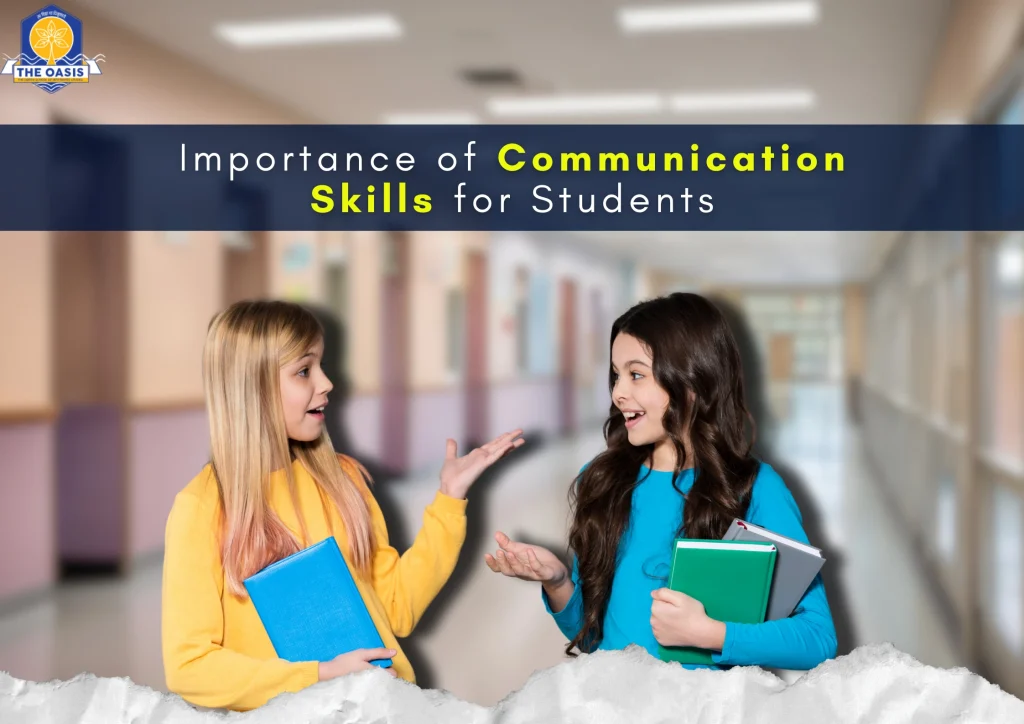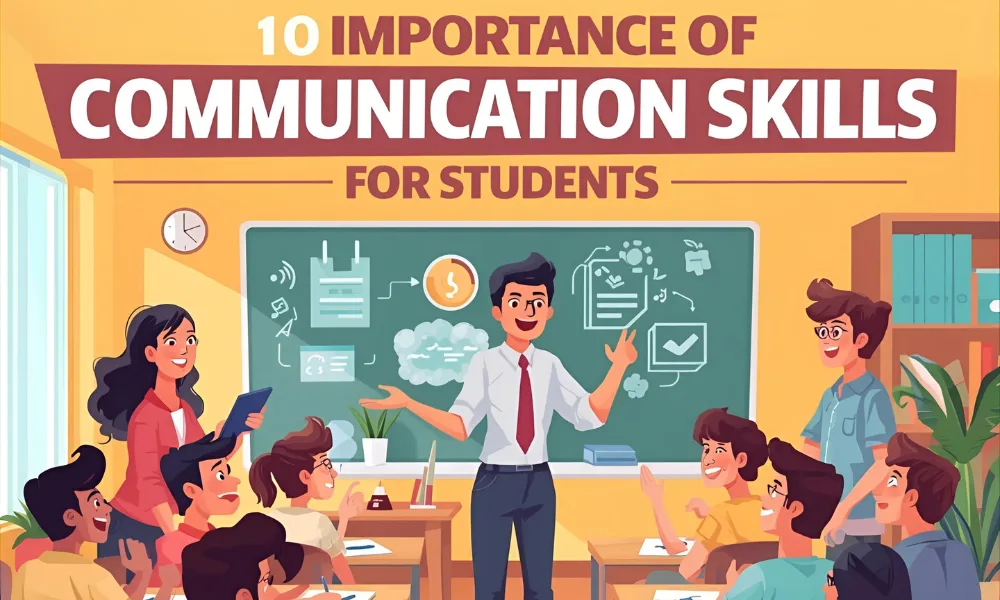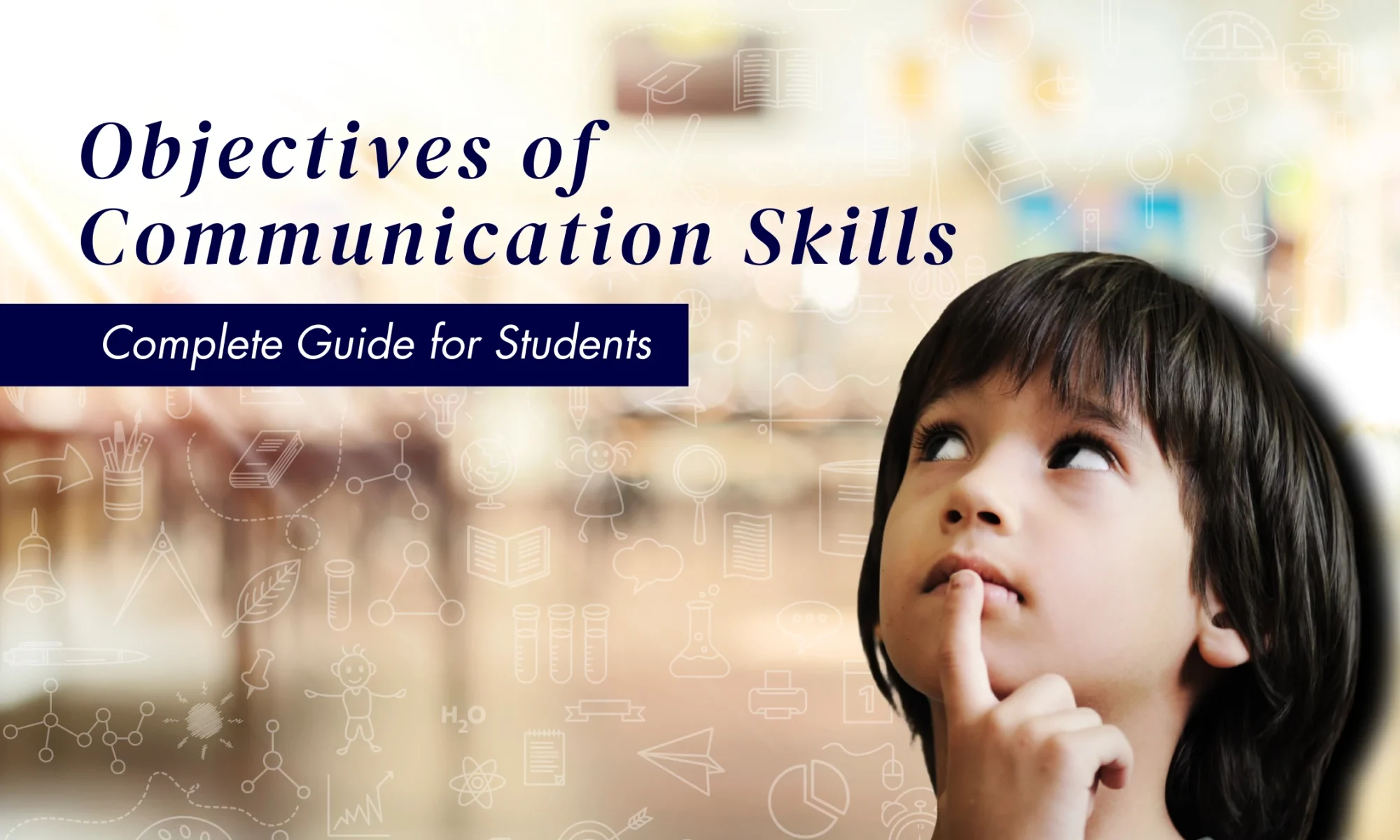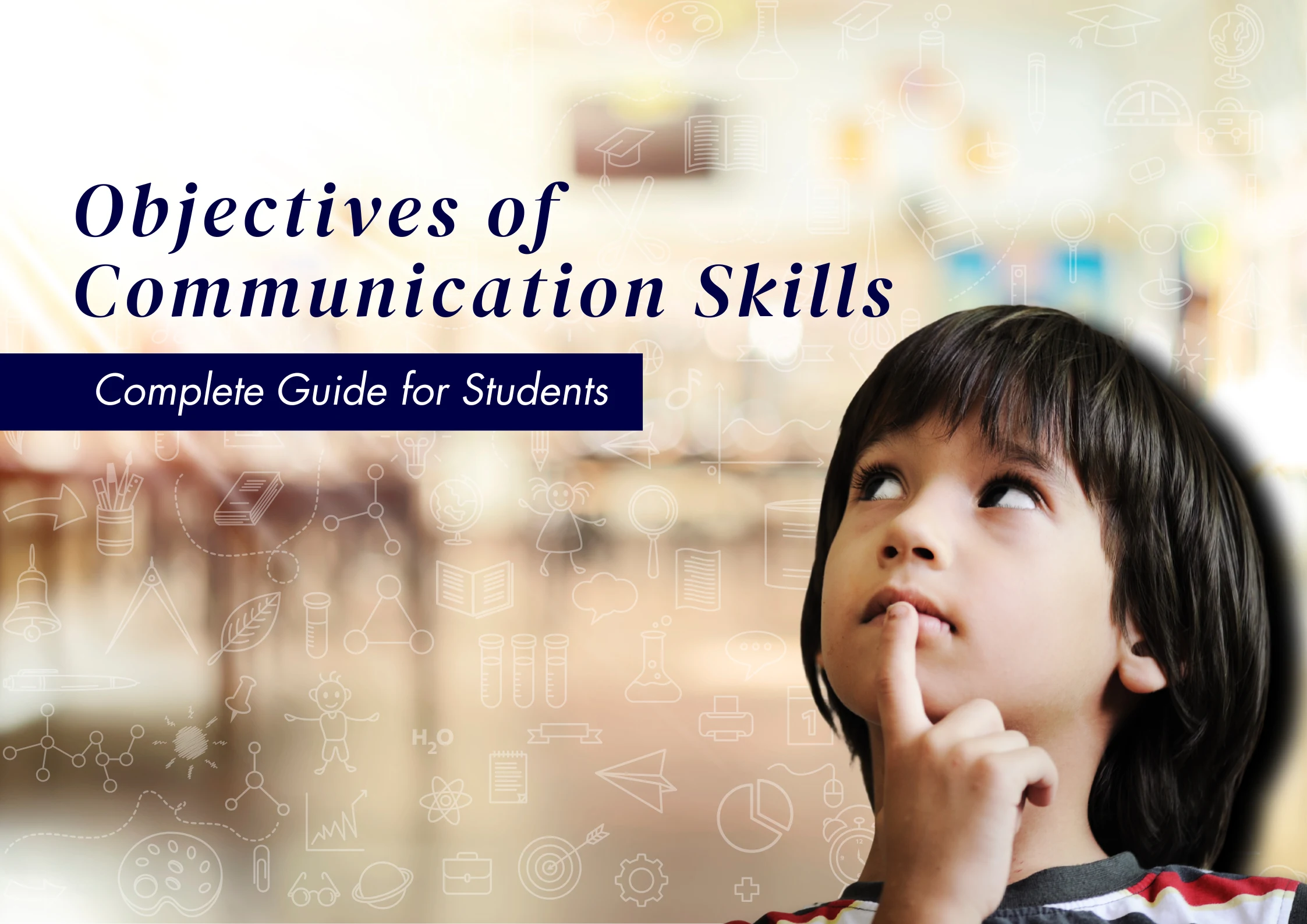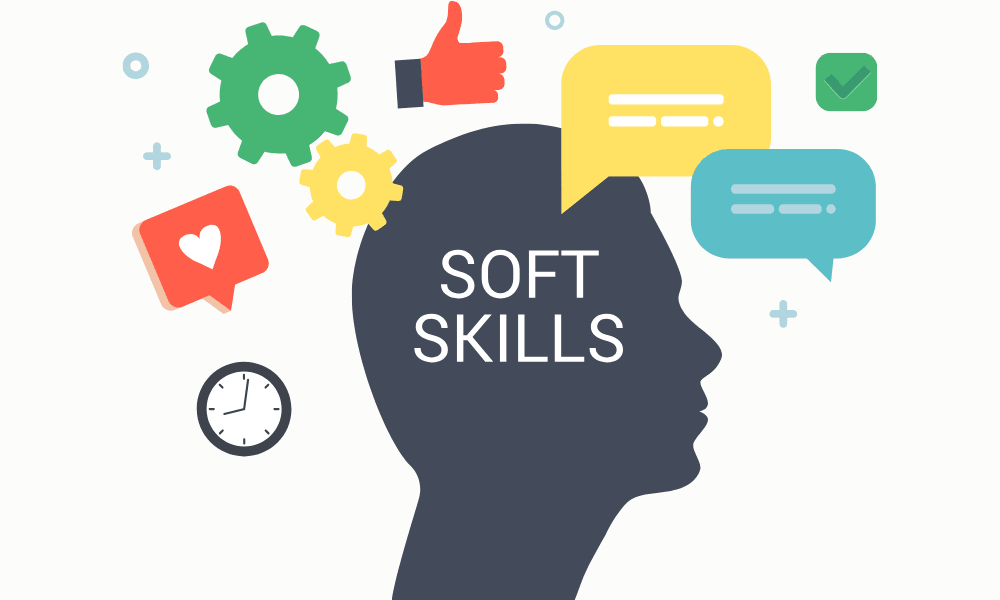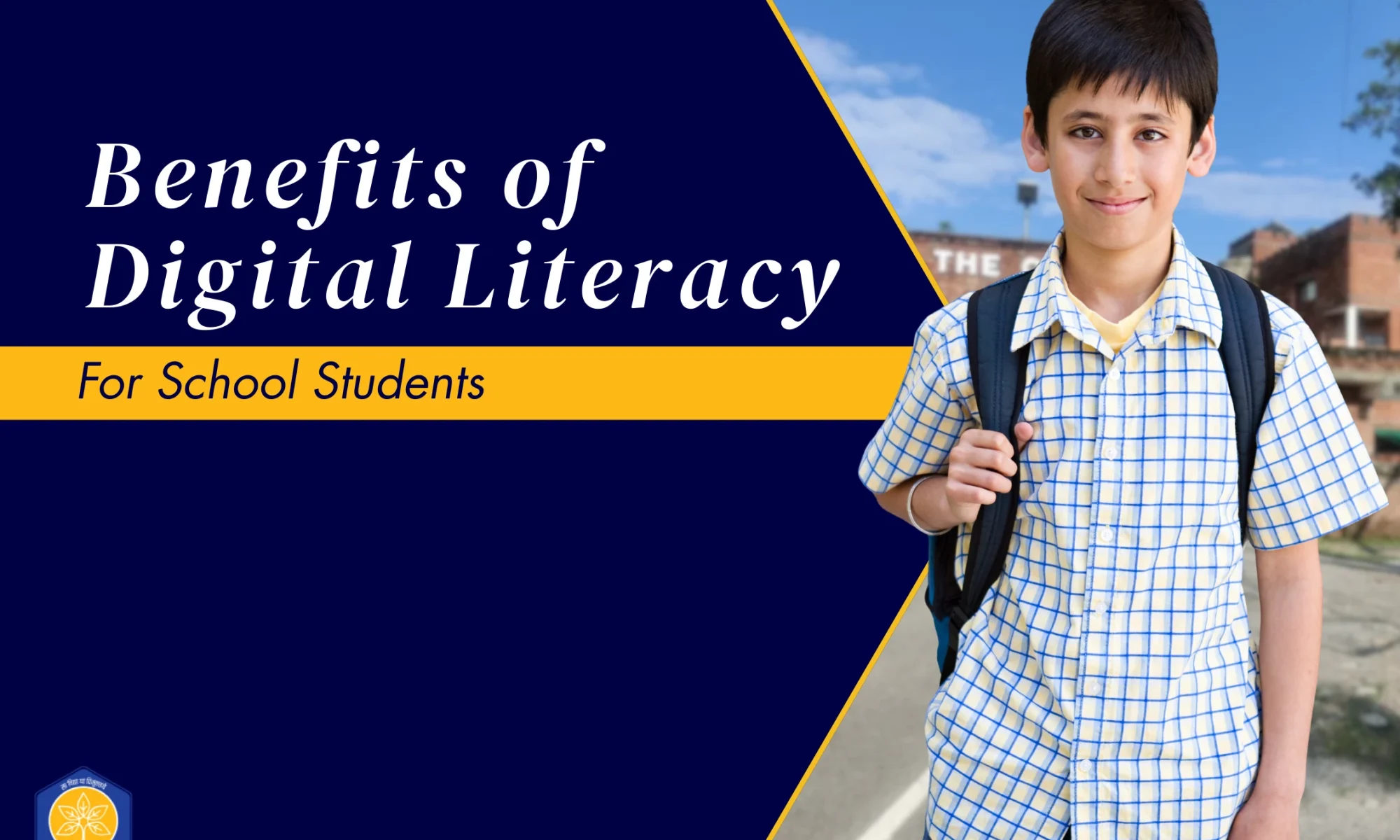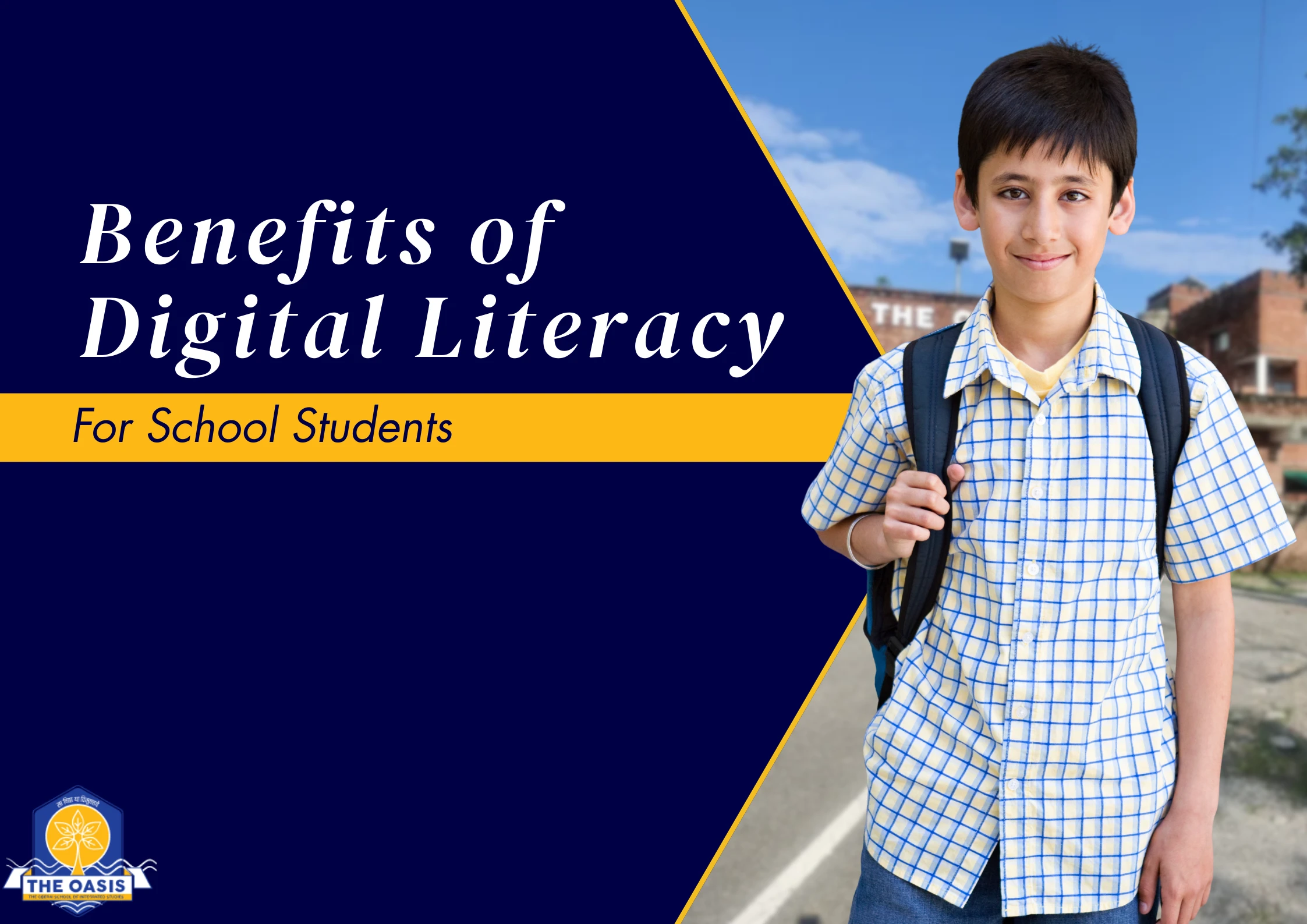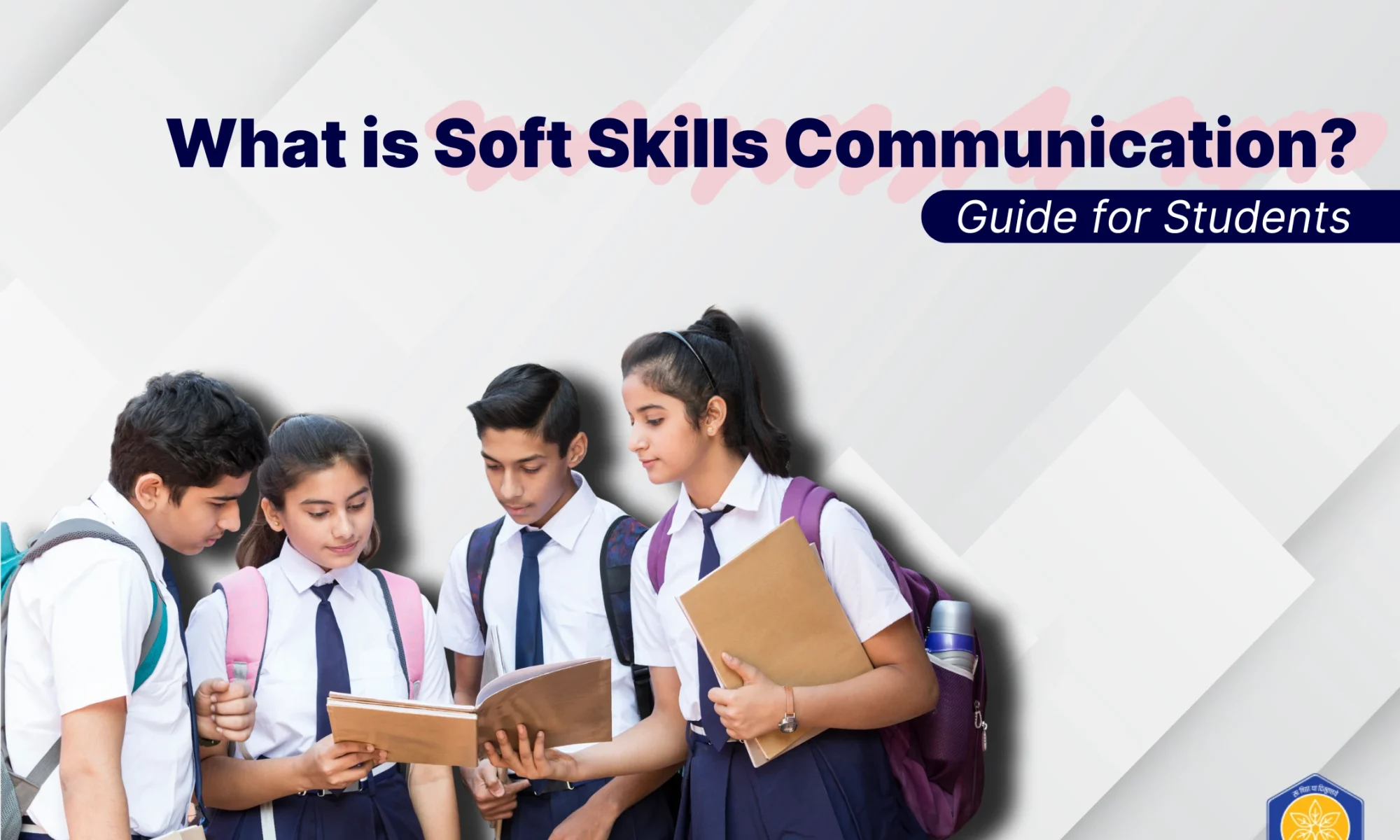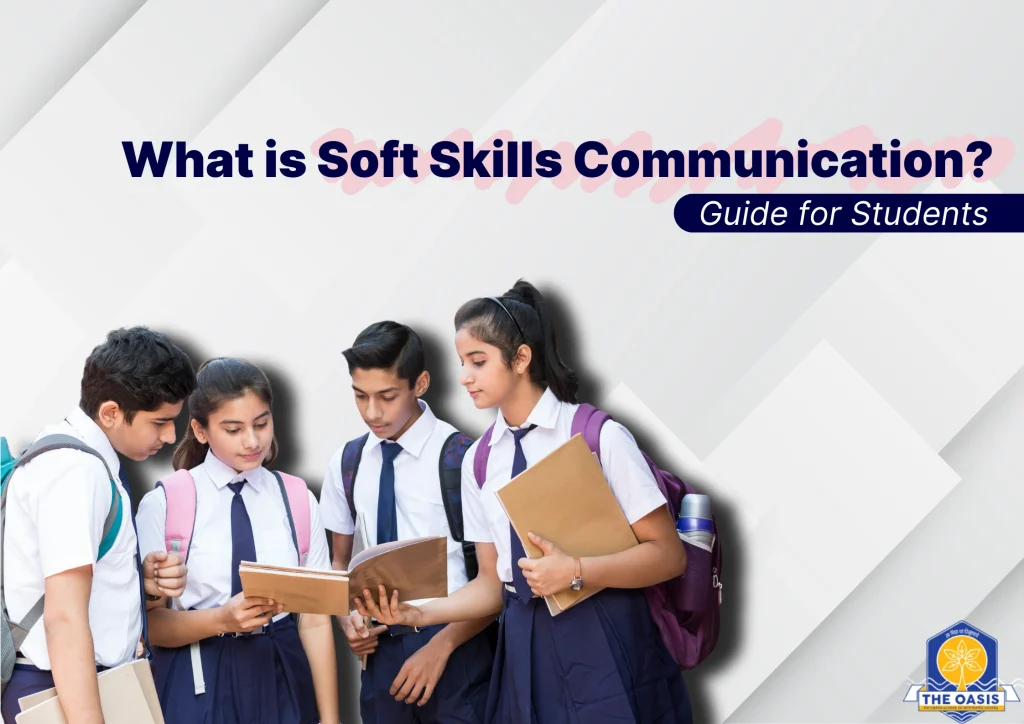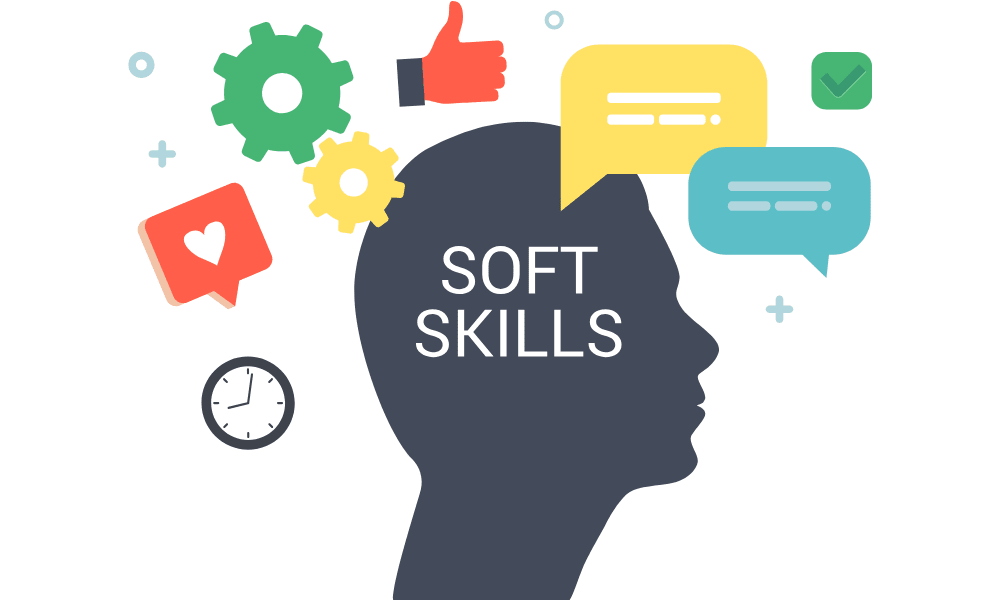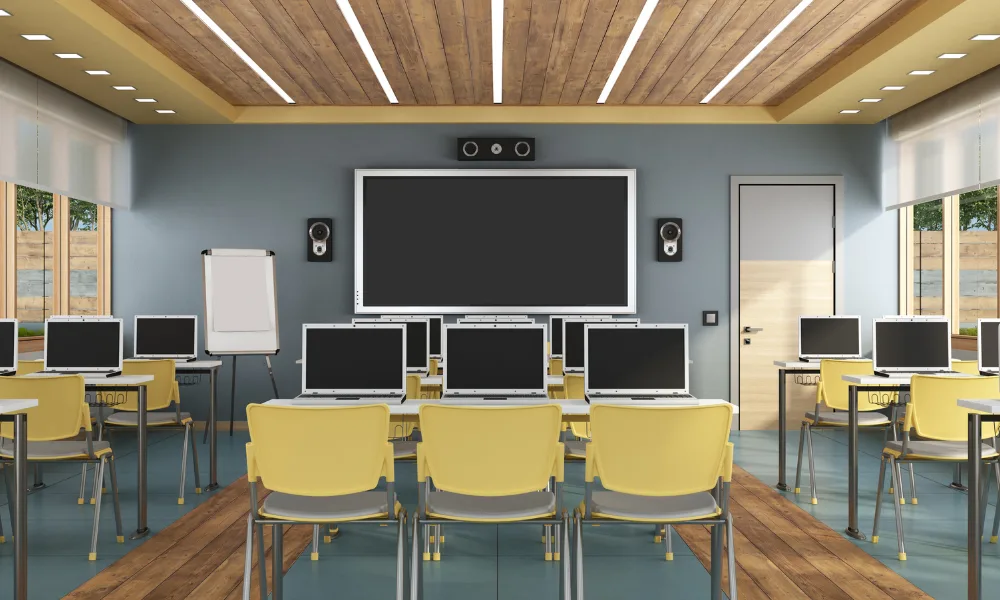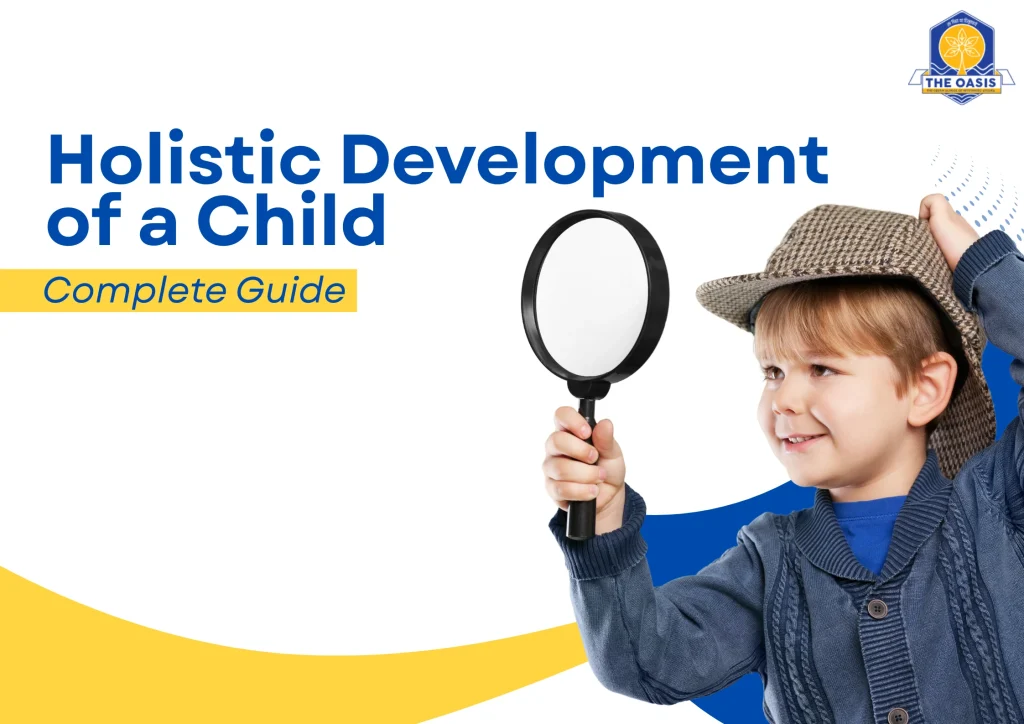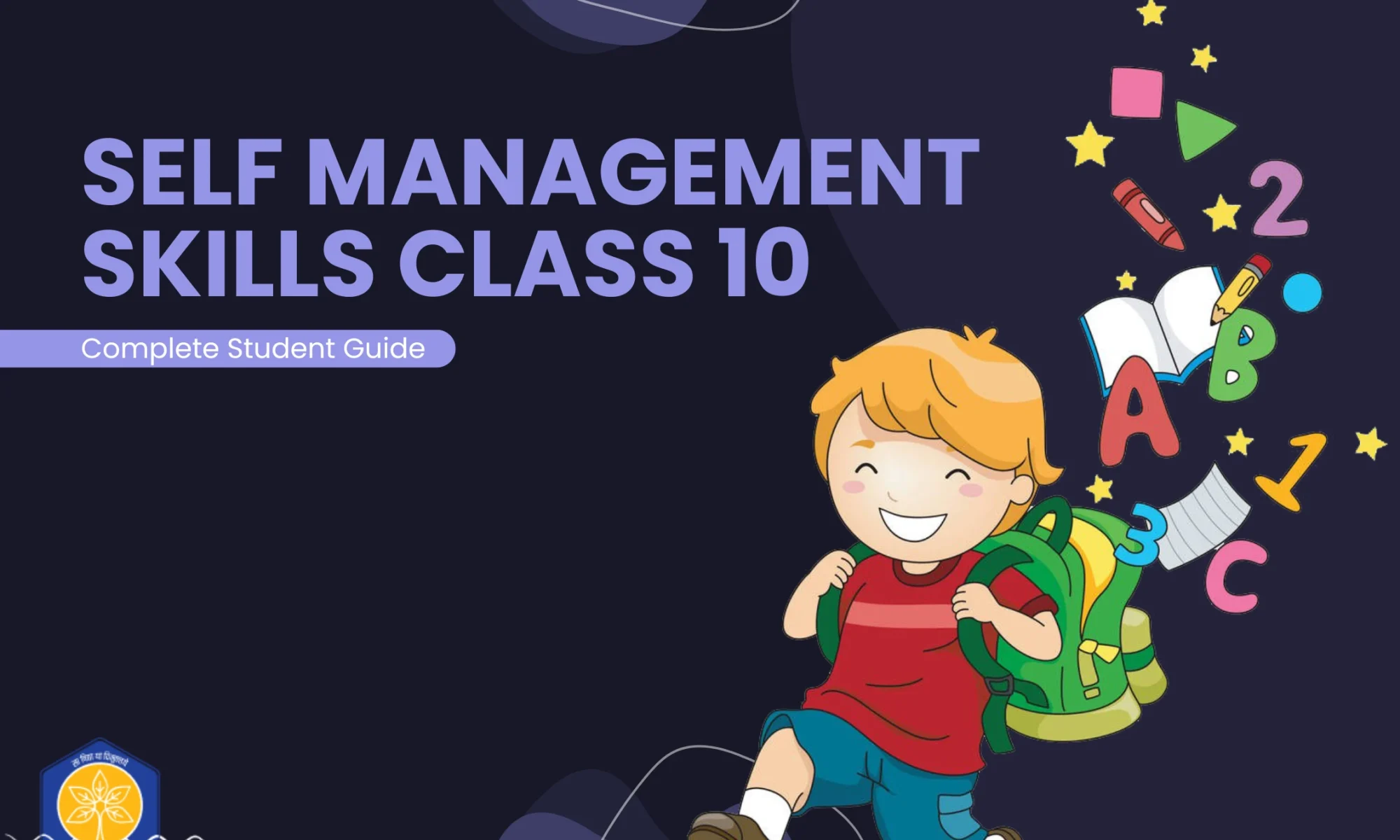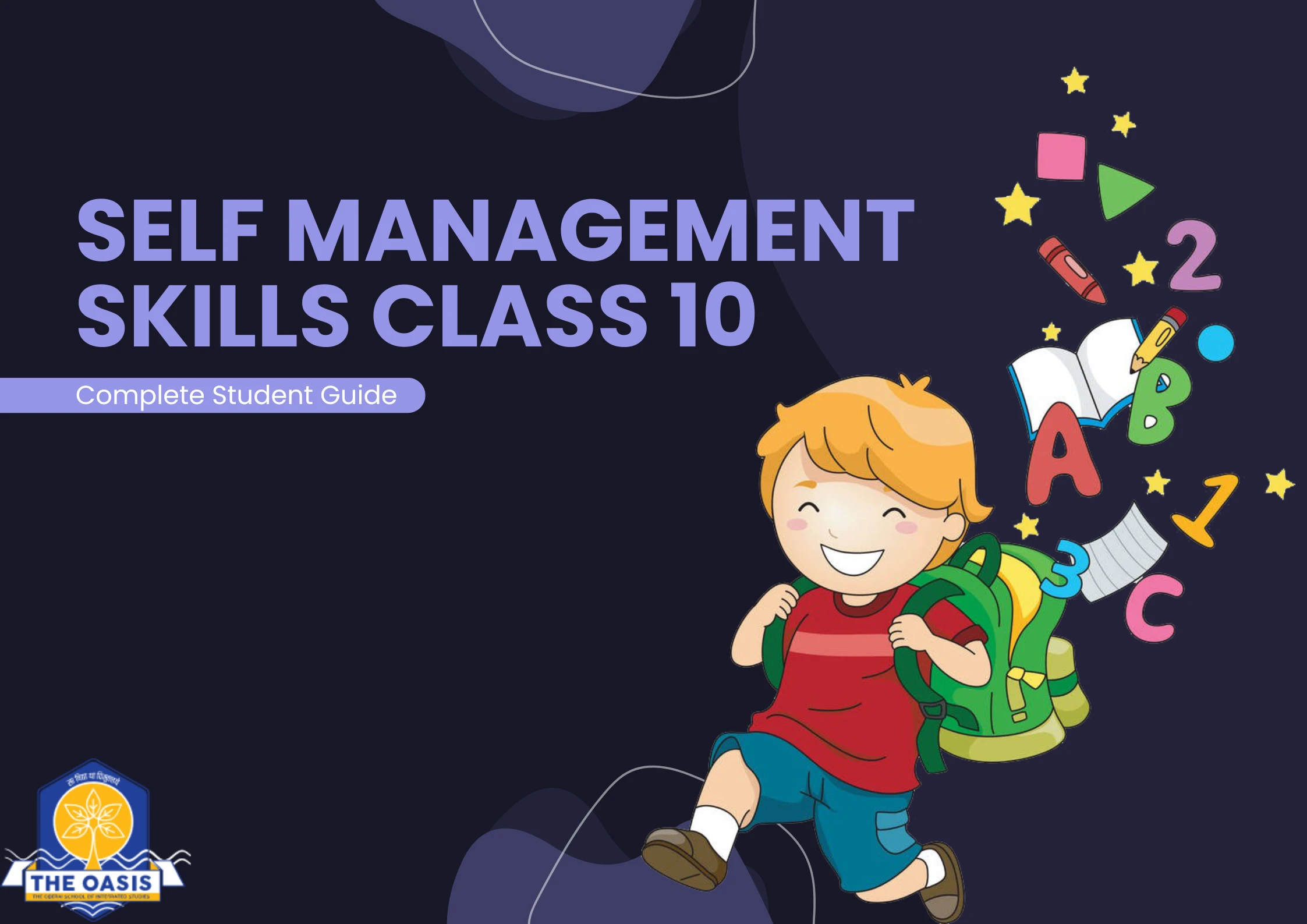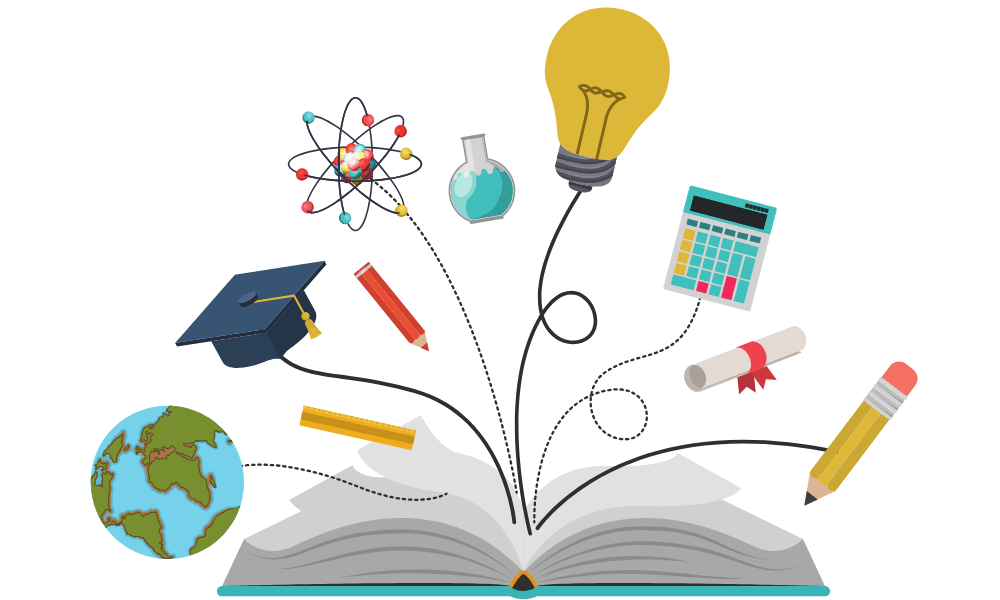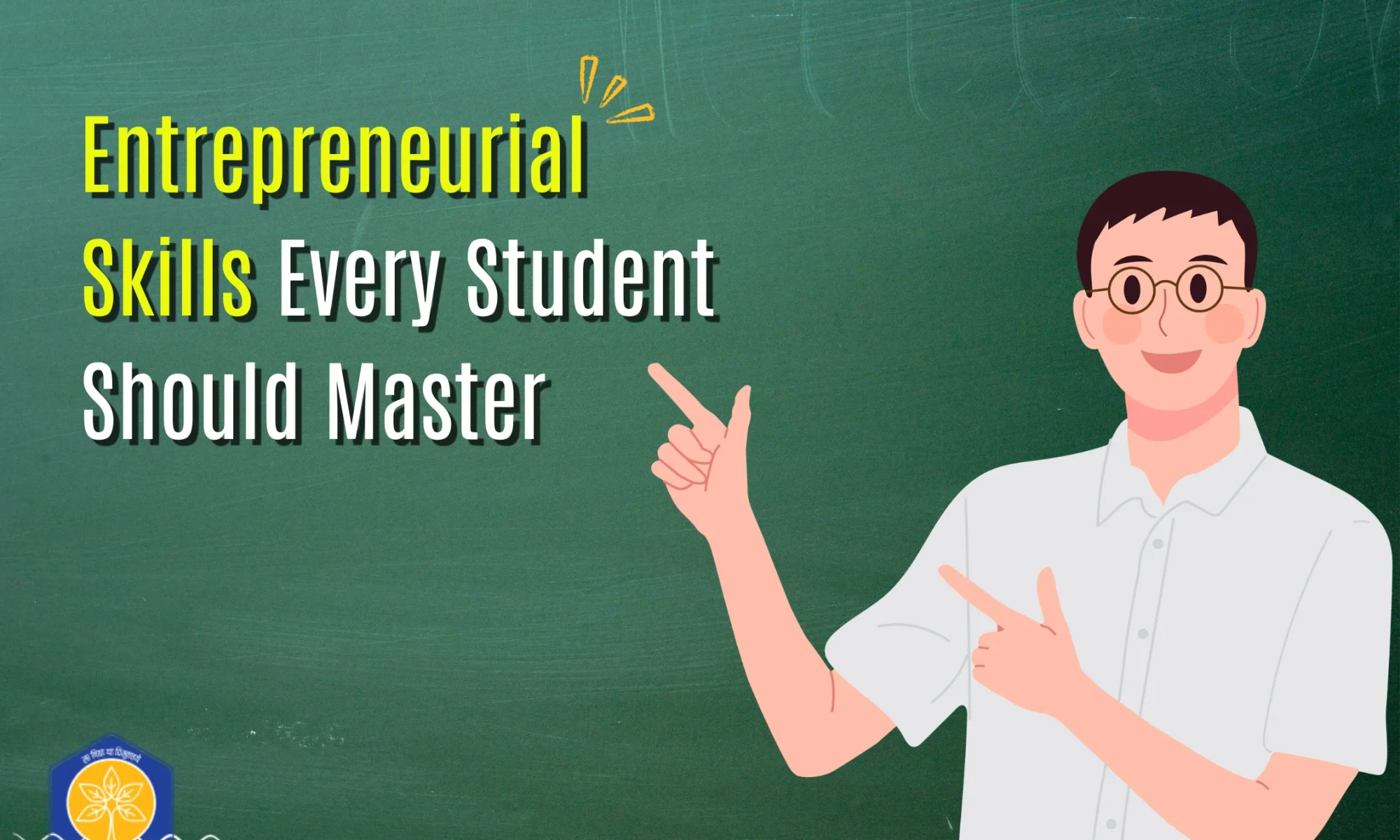
Every student dreams of being a topper, but few realize that success is not about studying for endless hours, it’s about studying smart. Toppers don’t have more time, they simply use their time wisely.
They plan each day strategically to balance learning, revision, and rest. That’s why understanding the toppers study time table can help you transform your study habits and achieve the results you aim for.
Why a Study Time Table Matters for Every Student?

A good time table gives direction to your preparation. Without a plan, students often spend hours studying but retain very little. With a structured routine, your brain learns to focus better.
For toppers, a study time table is more than a schedule — it’s a habit that ensures:
- Consistency every day
- Proper subject division
- Enough rest and recreation
- Regular revisions
When you follow a planned routine, even 5–6 hours of focused study can produce better results than 10 hours of unplanned effort.
What Makes a Toppers Study Time Table Different?
The biggest difference between a topper’s approach and an average student’s approach is discipline and structure. A topper doesn’t just decide to “study for 8 hours.” They decide what to study, when, and how long.
Here’s what makes the toppers study time table unique:
- It includes balanced breaks between sessions.
- Each subject gets dedicated time based on difficulty level.
- Revision is a daily part of the schedule, not a last-minute panic.
- They plan for consistency, not perfection.
This practical and flexible planning ensures toppers stay motivated and never burn out.
Morning Routine of Toppers:
Mornings are powerful. Your mind is fresh and alert. Most toppers prefer starting early because the first few hours of the day decide their productivity level.
Here’s how a typical topper’s morning looks:
- Wake up early, around 5:00–6:00 AM.
- Start the day with light exercise or meditation for focus.
- Study tough or theoretical subjects like Science or Math first.
- Take a short break after 90 minutes.
This early start helps maximize concentration and sets a positive tone for the rest of the day.
Daytime Study Strategy:
Afternoons can be tricky, energy levels drop, and distractions increase. Toppers use this time for lighter or more engaging subjects.
During this period, they usually:
- Revise notes or important formulas.
- Watch educational videos or attend coaching classes.
- Solve sample papers or practice sets.
- Take short breaks to refresh their mind.
The key to a successful toppers study time table is maintaining energy and focus throughout the day, not forcing long, unproductive study hours.
ALSO CHECKOUT: Which is the Boys Boarding School in Dehradun ?
Night Study Schedule of Toppers:
Not all toppers study late into the night, but those who do make sure the time is well-spent. Evening and night hours are ideal for revision, note-making, or reading conceptual subjects.
Toppers often:
- Revise what they learned during the day.
- Write short notes or flashcards for last-minute review.
- Read lighter subjects like English or Social Studies before bed.
- Sleep for at least 7 hours for proper memory retention.
Sleep plays a vital role in learning. A tired brain forgets easily, but a well-rested one performs brilliantly.
Sample Toppers Study Time Table:
Here’s an example of a simple and effective toppers study time table you can adapt to your needs:
| Time | Activity |
| 5:30 AM – 7:00 AM | Study toughest subject (e.g., Math/Science) |
| 7:00 AM – 7:30 AM | Breakfast/Short break |
| 7:30 AM – 9:00 AM | Continue studying or revise yesterday’s topics |
| 9:00 AM – 12:00 PM | School/Online classes |
| 12:00 PM – 1:00 PM | Lunch & Relax |
| 1:00 PM – 3:00 PM | Light subject or reading session |
| 3:00 PM – 4:00 PM | Break or nap |
| 4:00 PM – 6:00 PM | Practice tests or problem-solving |
| 6:00 PM – 7:00 PM | Physical activity/Walk |
| 7:00 PM – 8:30 PM | Revise or complete homework |
| 8:30 PM – 9:30 PM | Dinner & Relax |
| 9:30 PM – 10:30 PM | Quick revision or reading |
| 10:30 PM | Sleep |
Remember — this is just an example. The best schedule is one that fits you. The purpose is to make a routine you can stick to for months, not just days.
Tips to Create Your Own Study Time Table:

Toppers don’t copy someone else’s schedule, they create one that matches their goals and lifestyle. Here are some easy steps to design your own study plan:
- Set a fixed wake-up and sleep time.
- Start with difficult subjects when your mind is fresh.
- Take 10–15 minute breaks every 1.5 hours.
- Revise daily to strengthen memory.
- Stay consistent, even on weekends.
- Keep Sundays lighter for review or hobbies.
The secret is balance. Overloading your brain never works; steady effort does.
Mistakes Students Should Avoid While Following a Time Table:
Even with a solid plan, many students fail to follow it because of common mistakes. Avoid these pitfalls:
- Making unrealistic plans you can’t maintain.
- Studying continuously without breaks.
- Ignoring revision and only learning new topics.
- Compromising on sleep or physical activity.
- Comparing your schedule with others.
The toppers study time table works because it’s consistent, balanced, and personalized — not because it’s rigid or extreme.
Frequently Asked Questions (FAQs)
Ques 1. How can I make a toppers study time table for myself?
Ans. Start by identifying your weak subjects, allot time for each topic, include breaks, and fix your sleeping and waking hours. Keep it realistic and consistent.
Ques 2. How many hours do toppers study daily?
Ans. Most toppers study between 6 to 8 focused hours per day with proper breaks and revisions. It’s quality over quantity.
Ques 3. Why do toppers follow a study time table?
Ans. Toppers use a time table to stay consistent, manage subjects smartly, and maintain a balanced lifestyle that helps them retain information effectively.
Ques 4. How do toppers stay focused while studying?
Ans. They avoid multitasking, use distraction-free environments, and follow time blocks for study and relaxation.
Ques 5. What habits make toppers successful?
Ans. Discipline, regular revision, healthy sleep, balanced diet, and limited distractions like social media.


